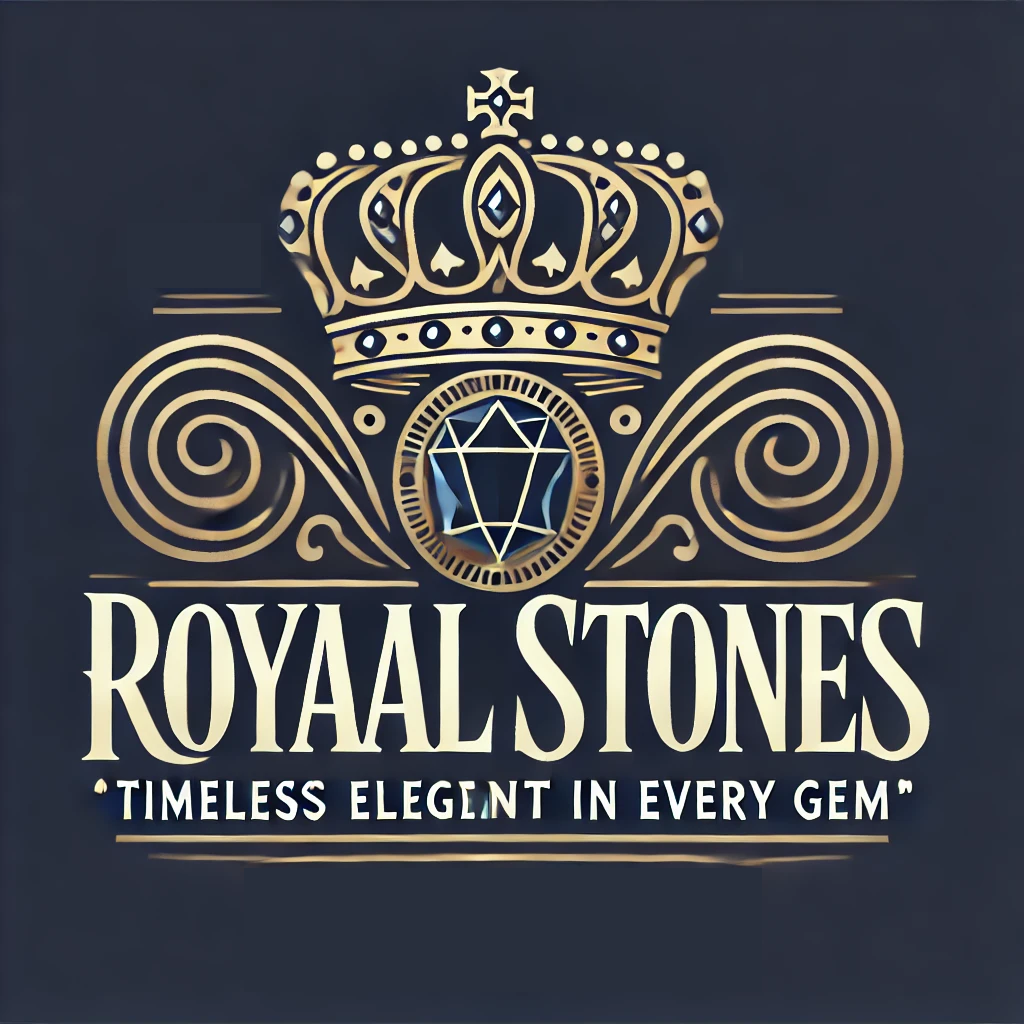46 cta Natural Amethyst Fancy Cut Gemstone
- SKU
- Dimensiones (mm)
- 22.000 x 22.000 x 18.000mm
- Peso (cts)
- 46.000
- Shape
- Fancy
- Treatment
- No Treatment
- Tipo
- Faceted
- Colores
-
Amethyst is a violet variety of quartz.
The name comes from the Koine Greek ἀμέθυστος amethystos from ἀ- a-, “not” and μεθύσκω methysko / μεθύω methyo, “intoxicate”, a reference to the belief that the stone protected its owner from drunkenness.[1] The ancient Greeks wore amethyst and carved drinking vessels from it in the belief that it would prevent intoxication.
Amethyst is a semiprecious stone often used in jewelry and is the traditional birthstone for February.
History :
Amethyst occurs in primary hues from a light pinkish violet to a deep purple. Amethyst may exhibit one or both secondary hues, red and blue.[5] The best varieties of amethyst can be found in Siberia, Sri Lanka, Brazil and the far East. The ideal grade is called “Deep Siberian” and has a primary purple hue of around 75–80%, with 15–20% blue and (depending on the light source) red secondary hues.[6] ‘Rose de France’ is defined by its markedly light shade of the purple, reminiscent of a lavender/lilac shade. These pale colors, were once considered undesirable but have recently become popular due to intensive marketing.
Green quartz is sometimes incorrectly called green amethyst, which is a misnomer and not an appropriate name for the material, the proper terminology being prasiolite. Other names for green quartz are vermarine or lime citrine.
- SKU
- Dimensiones (mm)
- 22.000 x 22.000 x 18.000 mm
- Peso (cts)
- 46.000
- Shape
- Fancy
- Treatment
- No Treatment
- Tipo
- Faceted
- Colores
-
Amethyst is a violet variety of quartz.
The name comes from the Koine Greek ἀμέθυστος amethystos from ἀ- a-, “not” and μεθύσκω methysko / μεθύω methyo, “intoxicate”, a reference to the belief that the stone protected its owner from drunkenness.[1] The ancient Greeks wore amethyst and carved drinking vessels from it in the belief that it would prevent intoxication.
Amethyst is a semiprecious stone often used in jewelry and is the traditional birthstone for February.
History :
Amethyst occurs in primary hues from a light pinkish violet to a deep purple. Amethyst may exhibit one or both secondary hues, red and blue.[5] The best varieties of amethyst can be found in Siberia, Sri Lanka, Brazil and the far East. The ideal grade is called “Deep Siberian” and has a primary purple hue of around 75–80%, with 15–20% blue and (depending on the light source) red secondary hues.[6] ‘Rose de France’ is defined by its markedly light shade of the purple, reminiscent of a lavender/lilac shade. These pale colors, were once considered undesirable but have recently become popular due to intensive marketing.
Green quartz is sometimes incorrectly called green amethyst, which is a misnomer and not an appropriate name for the material, the proper terminology being prasiolite. Other names for green quartz are vermarine or lime citrine.
| Proveedor de envío | Envío a: país | Envíos al resto del mundo |
|---|---|---|
| Standard Shipping - Tracked | $20.00 / :días días | $16.00 / :días días |
|
:país
:proveedor tiene un descuento de $15.00 en pedidos con 2 o más artículos
Resto del mundo
:proveedor tiene un descuento de $10.00 en pedidos con 2 o más artículos
|
||
| Express Shipping | $30.00 / :días días | $32.00 / :días días |
|
:país
:proveedor tiene un descuento de $25.00 en pedidos con 2 o más artículos
Resto del mundo
:proveedor tiene un descuento de $25.00 en pedidos con 2 o más artículos
|
||

-
 Positivo
PositivoBeautiful stone.
-
 Positivo
PositivoBeautiful indeed.
-
 Positivo
PositivoPaid and shipped - no feedback left after 100 days



















